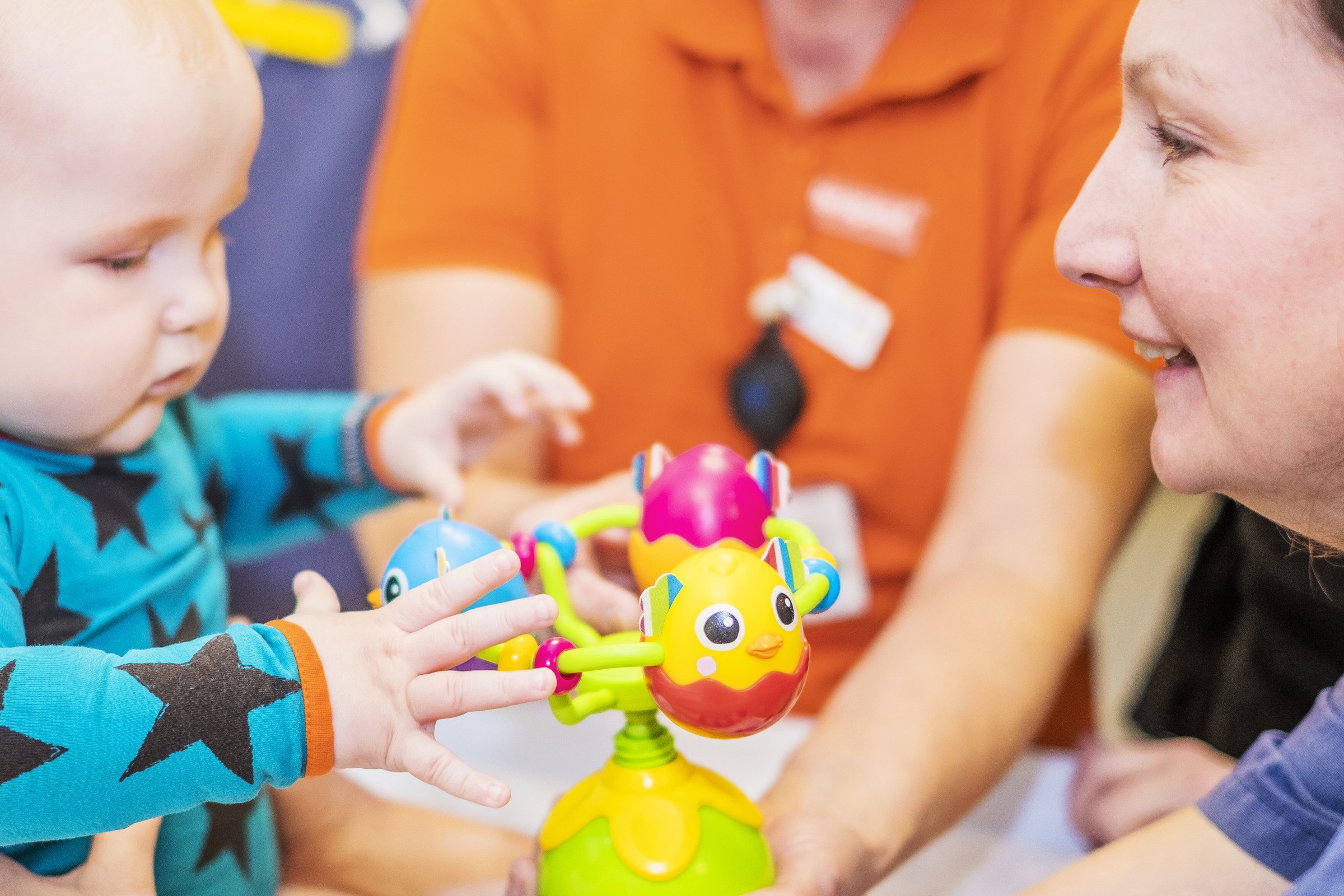Osteogenesis Imperfecta
High specialized care with ongoing research has made the quality of life better for children with Osteogenesis imperfecta.
Osteogenesis imperfecta (OI) is also called brittle bone disease and is caused by lacking or deviating collagen type 1 (a structural protein), which primarily affects the skeleton. The bone becomes softer and more flexible which significant increases the risk for fractures. A lack of or abnormal collagen type 1 can also give symptoms from ligaments, teeth, hearing problems, blue sclera, and effect on blood coagulation. It is caused by mutations in one of the genes that (codes for) the production of collagen type 1. There are many types of OI, from mild to lethal forms. Sweden has around 200 children 0-18 years of age with severe OI and the Karolinska University Hospital is the high specialized National Care Center for children with OI.
Orthopedic surgery
Our aim is to support our patients during the whole journey from diagnosis through treatment and rehabilitation, ensuring that our patients are informed about the options and are involved in treatment plans. Orthopedic surgeryPediatric Orthopedics
The Pediatric Orthopaedic Department at Astrid Lindgren Childrens hospital provides excellent care for young patients with musculoskeletal problems age 0-14y. Pediatric Orthopedics
Request medical treatment
More information on who can request a medical second opinion or treatment at Karolinska.
Continue
The Astrid Lindgren Children’s Hospital is a part of Karolinska University Hospital, with facilities in several locations in Stockholm.
